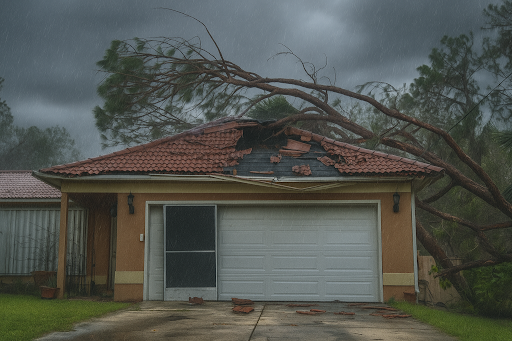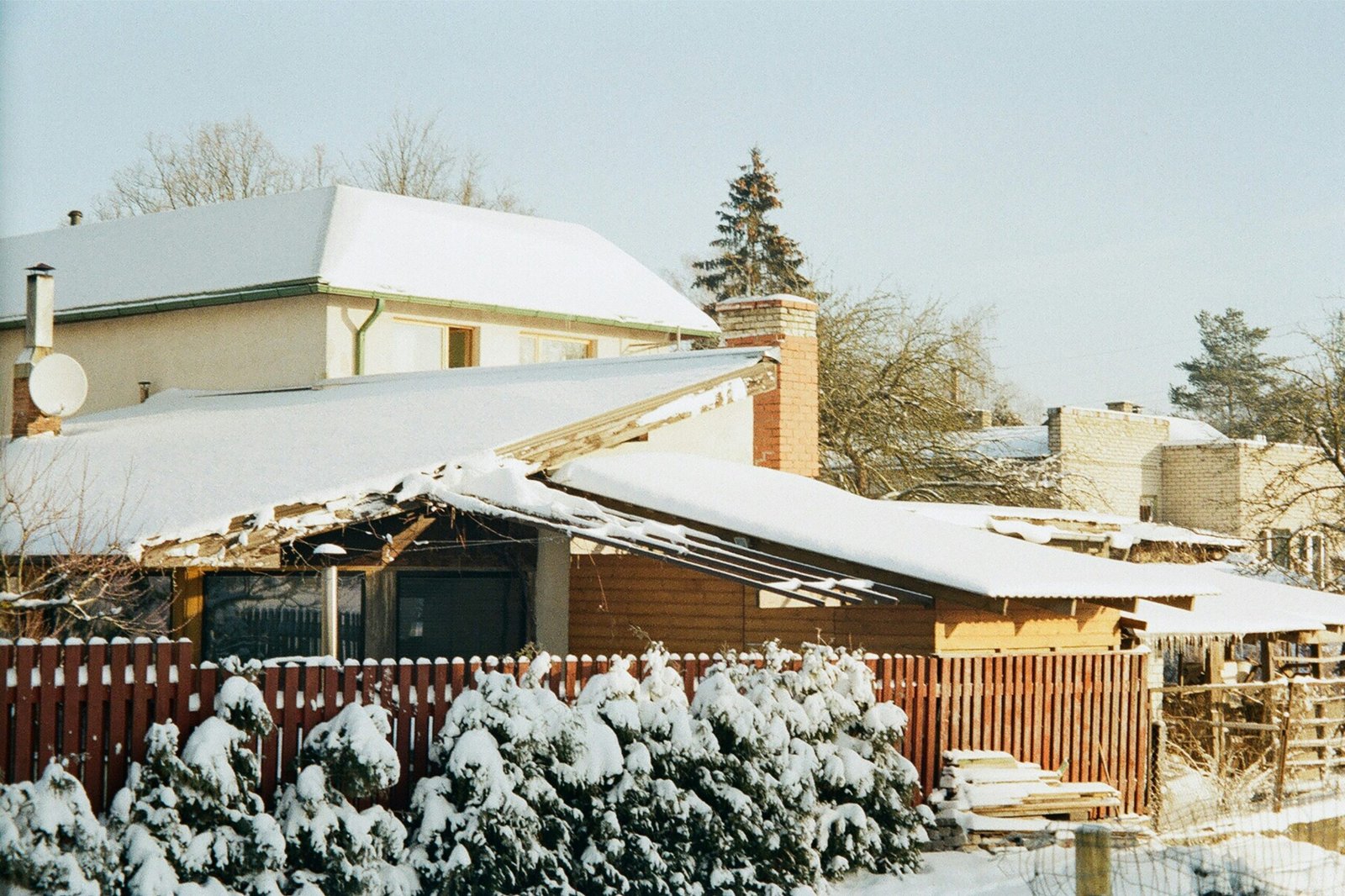Everyone knows that Australia’s volatile weather can, on occasion, transform into fierce storms. These turbulent events can cause significant damage to homes, and often, the first place to bear the brutal brunt of nature’s fury is the roof. It is a common occurrence for homeowners to find themselves grappling with the aftermath of destructive weather, figuring out their next step in ensuring the safety and stability of their homes.
At this stage, proactive, timely roof repairs become a non-negotiable necessity. Early action not only mitigates current damage but also wards off potential future deterioration. Swift response minimises the risk of further structural destruction, and, in turn, hefty financial drains. Expeditious engagement could mean the difference between a cost-effective and straightforward repair and a serious, long-term structural issue that could require roof replacement.
This article aims to assist homeowners by offering comprehensive and actionable steps to manage storm-induced roof damage successfully. The steps are simple to comprehend and practical to implement, making them ideal for efficient home management in times of crisis.
Assessing the Damage
Before anything else, homeowners must assess the extent of the damage after the storm. Safety, however, is paramount. Visually inspect any obvious damages from the ground to avoid unnecessary risks. Noticeable indications could range from missing tiles to fallen objects lodged in the roof, apparent leaks inside the home or water staining on ceilings or walls.
Understanding how to spot roof damage after wild weather is invaluable. It’s similar to performing first aid on a patient; knowing what you’re dealing with enables you to respond appropriately. If there’s substantial damage—loose wires, dangerously hanging debris, etc.—it’s time to call in professionals who have the expertise to pinpoint less conspicuous damage that inexperienced eyes may overlook. Professionals have the resources to provide an in-depth inspection and provide suitable repair advice.
Remember to document every degree of visible damage meticulously. Take photos, jot down notes, they could prove crucial when negotiating with insurance companies. These records offer tangible proof to substantiate your insurance claim, ensuring you receive a fair settlement that accurately reflects the impact on your property.
Ensuring Safety First
Emphasising safety when dealing with storm-damaged roofs is crucial. If you must get a closer look, don proper safety gear—non-slip shoes, a safety helmet, even a harness if you plan to climb. However, leave roof inspections to professionals when you notice substantial structural impairment or if the roof pitch seems too steep or slippery. Some damages are not worth the safety risks they pose.
Consider your surroundings. Beware of standing under damaged trees or near crumbling structures that could collapse. Also, avoid electrical wires hanging dangerously low or torn and possibly live from the infrastructure’s storm battering.
Initial Temporary Repairs
Depending on the extent of the damage, immediate action could be required to avert further water intrusion or structural impairment. This phase involves temporary repair solutions that serve as a stop-gap until professional assistance can take over.
Tarps or heavy-duty plastic sheets, for instance, serve as a reliable means of averting further leakage into residing spaces, especially if it allows time for professionals to arrive. While making these initial repairs, exercise caution; avoid areas with fragments precariously dangling, for instance, or parts that seem structurally unstable and could cave in. These safety precautions protect both you and your home from harm during the waiting period.
Contacting Insurance and Contractors
During this period, communication is key. Reach out to your insurance company sooner rather than later. Early reporting initiates the claim process and ensures that you are on their immediate radar, helping them address your needs promptly.
Meanwhile, start your search for reliable roofing contractors. Focus on licensed professionals with considerable experience and positive reviews. Inquire about their qualifications, work history, projected timelines, and previously handled cases. These questions guarantee you a comprehensive idea of what to expect and help you choose your contractors wisely.
However, remember to keep your insurance company in the loop. Inform them about damages, projected repair processes, and costs, which will help expedite the claim procedure. Detailed documentation and a thoroughly considered quote will take the stress out of the experience while efficiently pursuing your claim.
Long-Term Roof Repair Solutions
Once your immediate needs are addressed, focus on long-term repair solutions. A future-oriented approach here is paramount in guaranteeing resilience and longevity for your roof. Sometimes, durable materials may come with a heavier price tag, yet they provide robust endurance against the elements while also offering energy efficiency.
Integrating regular maintenance into your overall roof care routine can significantly bolster the lifespan of your roof. It prevents minor issues from snowballing into significant problems in the long run, saving you money and stress.
In some cases, such as severe structural damage or repetitive, persistent leaks, a full roof replacement might be needed. While this may seem formidable, it’s more cost-effective in the long term than repeated repairs. When it comes to budgeting for such major replacements, it is best to prepare in advance. A small, regular reserve for potential repairs can alleviate financial pressure when you find the roof is beyond mere fixing.
Conclusion
Dealing with storm damage requires quick, safety-focused actions and a clear process for assessing and addressing roof issues. Relying on professional assessment ensures rooftop integrity while keeping safety paramount. Regular maintenance aids in preventing further damage, and preparation plus immediate action proves to be a robust defence against intense storms.
Proactivity is key in protecting your home, perhaps one of your most substantial investments, from future storm damage. Although the path to recovery may seem demanding, know that concerted effort and investment in your roof now will pay dividends in providing peace of mind and lasting roof resilience.
READ ALSO: Storm-Proof Your Home: Essential Preparation Tips











